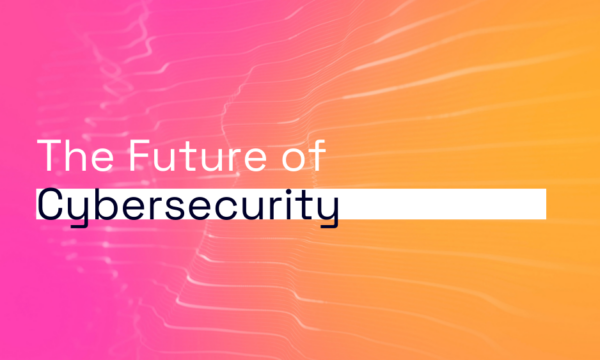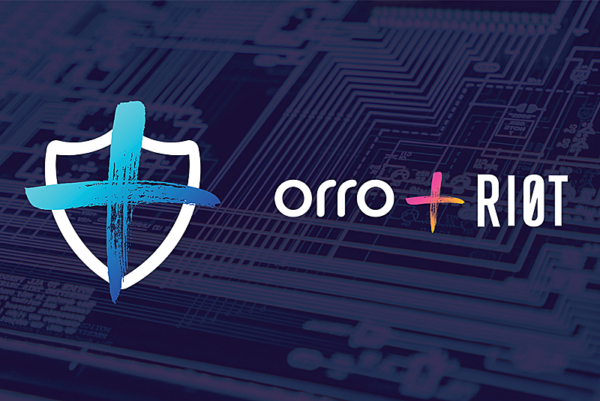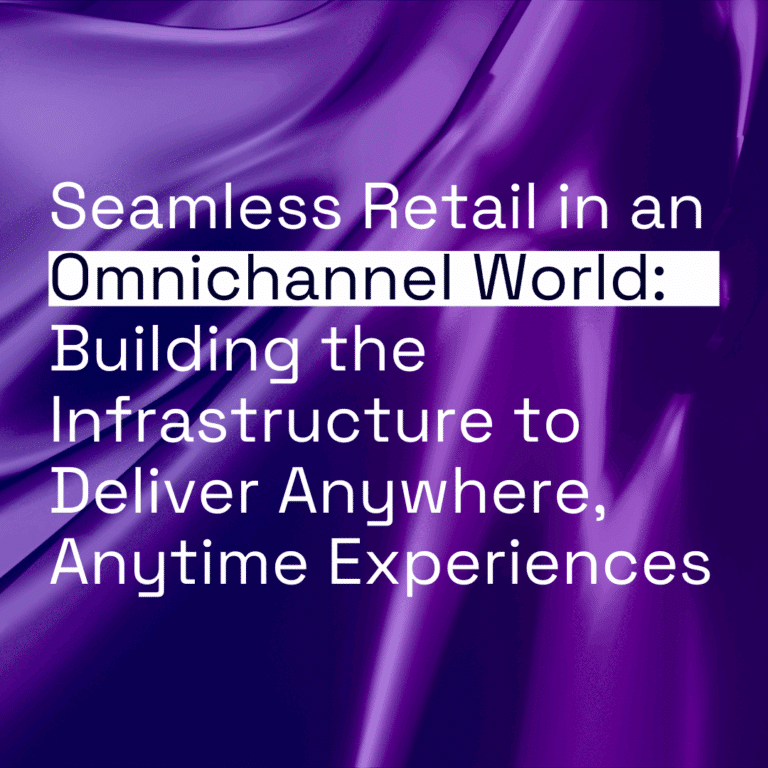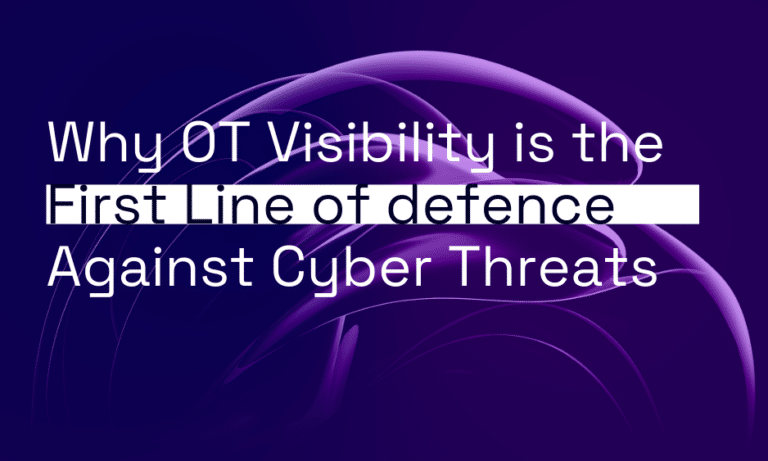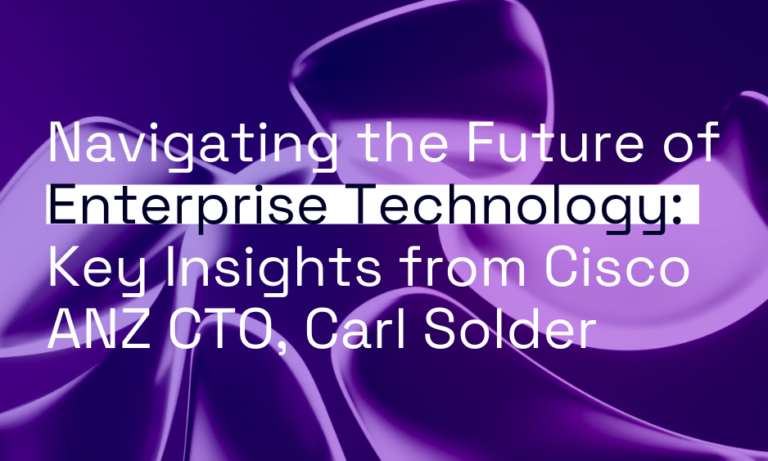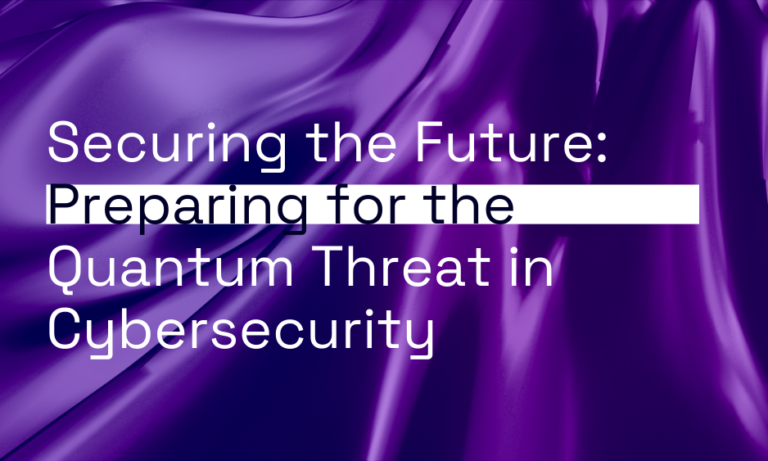The modern Chief Technology Officer can’t afford to be myopic and simply focus on technology, they need to look at the big picture in order to fully support the business.
The COVID-19 pandemic has highlighted the fact that businesses can’t view technology in isolation. A technology strategy needs to align with the needs of the business. This in turn requires an appreciation of the greater forces at work, both on the business and the world at large, says Kevin Bloch – former Cisco ANZ Chief Technology Officer and founder of corporate technology advisory firm Bloch Advisory.
“One of the roles of technology is to help meet business challenges and, these days, businesses are facing more challenges than ever, from every direction.”
Kevin Bloch – Founder Bloch Advisory
“The role of the modern CTO is essentially to mobilise technology to support the business objectives,” Bloch told Orro’s recent ‘Delivering Disruption’ virtual event. “Of course, it’s remiss for any CTO to just deal in tech without having a good perspective of what’s happening in the world.”
“One of the roles of technology is to help meet business challenges and, these days, businesses are facing more challenges than ever, from every direction.”
Beyond the immediate disruption of COVID lockdowns, Bloch says the ongoing trend of working from home and the hybrid workplace presents a range of business challenges going forward, from productivity to security. The security implications of managing a hybrid workforce is only one aspect of the growing cybersecurity threat, with cybercrime now costing USD $6 trillion in global damages per annum.
Beyond this disruption, climate change is set to have a much more significant long-term impact on businesses and economies than the COVID-19 pandemic. The push towards net-zero emissions presents business challenges and opportunities, while the wider fallout of climate change is set to cause political, economic and social disruption across the globe.
“A modern CTO needs to consider the stakeholders across the wider organisation”
Tony Panetta – Chief Information Officer with Catholic Education WA
Likewise, the geopolitical implications of China’s growing influence are being felt far and wide, in every business sector. The modern CTO can’t ignore the changing trends in globalisation which are reshaping the business landscape.
On the upside, the impact of the pandemic has seen large amounts of cash injected into the economy, accompanied by record low interest rates. This creates an environment which is ripe for investing in innovation, from clean energy and biotechnology to artificial intelligence and quantum computing.
“We are sitting on technology which can help the world,” Bloch says. “Given the pace of innovation and disruption, companies today should be spending more than 25 per cent of their technology budget on their growth initiatives.”
For example, the pressures of the pandemic saw the health sector fast-track initiatives such as the online delivery of mental health services. While these initiatives were designed to meet the challenges of lockdown, they will be retained going forward in acknowledgement of their importance to both the business and patients, says Barbara Mackenzie – CTO with Healthscope, which operates private hospitals and rehabilitation hospitals across Australia.
Other key health care initiatives include driving digital transformation, such as create a single view of the patient’s journey through the hospital system.
We are sitting on technology which can help the world
Kevin Bloch – Founder Bloch Advisory
“My role as a modern CTO is not just about focusing on today’s technology and challenges, it’s also about forging foundations on which the business can build,” Mackenzie says.
Likewise in the education sector, technology initiatives must align with business and education outcomes, says Tony Panetta – Chief Information Officer with Catholic Education WA.
“A modern CTO needs to consider the stakeholders across the wider organisation, to ensure they are delivering everyone the best possible outcomes while minimising disruption,” Panetta says.
“At the same time, in education we need to fail forward, because every year it takes to introduce a new initiative is another school year that students are missing out on the benefits – with all the challenges students have faced in the last few years, my role as CIO is to give students and teachers what they need to succeed.”
"*" indicates required fields

